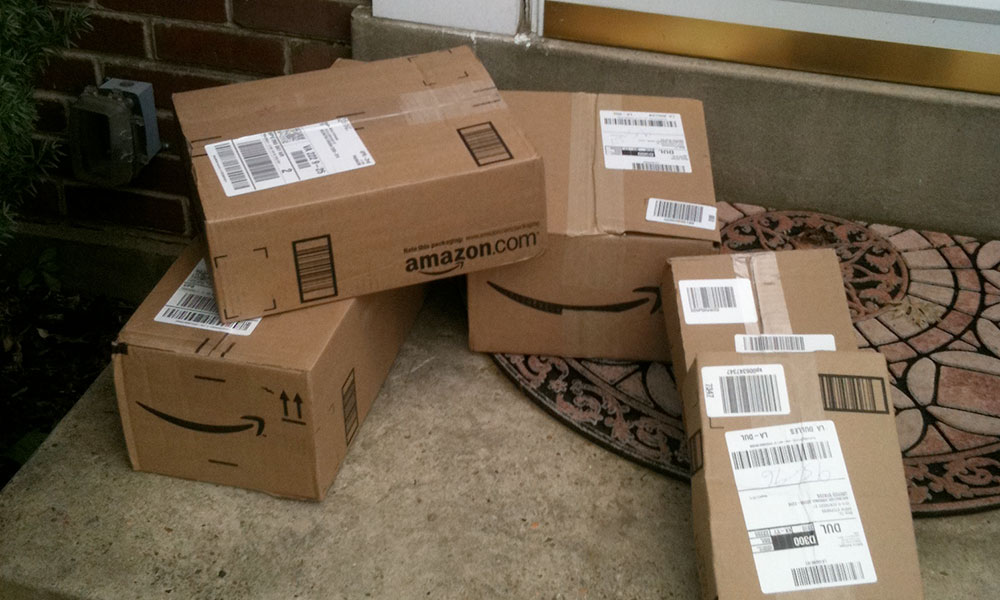
Membership at Scale: Lessons From Costco and Amazon Prime
Two of the best private-sector examples of membership programs have impressive reach, but that doesn't mean their models are immune to weaknesses. Read on for some examples.
Two of the largest retail giants in the world have downright mastered the art of membership, but they still occasionally have hiccups.
Amazon’s popular Prime service, which offers fast-turnaround shipping and other perks in exchange for a yearly fee, has hugely benefited to the company’s bottom line by giving its most loyal customers even more of a reason to stick with it. Likewise, the major retail chain Costco has has turned its yearly membership model—and the cheap prices that come with it—into a science, ensuring customers keep coming back.
But as recent headlines have shown, these models aren’t infallible.
Not-So-Prime Pricing?
“I would have absolutely no problem paying this—that’s how much of a steal Amazon Prime is right now.”
Those are the words of tech pundit, venture capitalist, and TechCrunch columnist MG Siegler, in the wake of a recent report that Amazon is considering a price hike on its popular Prime service.
With free two-day shipping for most items, the program offers a definite perk for shoppers who buy a lot of stuff from Amazon. But are most customers actually like Siegler?
Maybe not. According to a recent study by Consumer Intelligence Research Partners (CIRP), a price increase may convince some of Amazon’s best customers to leave. The firm’s research found that while 45 percent of Amazon customers surveyed have one variety or another of the Prime subscription, there was a high turnover rate: Another 23 percent of the company’s customers said they had let their memberships lapse.
Even though most customers are happy with the service at Prime’s current price of $79 a year—two-thirds said they definitely would renew at that price and 27 percent said they probably would, while only 6 percent said they either definitely or probably wouldn’t—the study found that the hypothetical renewal numbers dropped significantly when the price increased to $99 or $119.
“Amazon has created a set of loyal customers using both free shipping and free streaming video benefits of Amazon Prime,” CIRP cofounder Michael R. Levin wrote on The Huffington Post. “Yet it seems that even these dedicated customers have their limits, and a 50 percent price increase to $119 could push a significant portion of them away from Amazon Prime.”
A noteworthy point: One of the benefits of Amazon Prime, its free streaming video, may not be as big a perk as it seems, CIRP’s Levin told CNBC.com. Many Prime customers don’t realize the potential savings of the benefit because they also keep their Netflix subscriptions, he said.
Costco’s Dilemma: Deals vs. Loyalty
People are willing to travel long distances to reach grocery stores they think go above and beyond—just ask fans of Trader Joe’s. And while Costco doesn’t have cookie butter, it arguably has something a lot better: low prices.
The second-largest retail chain in the country—and, perhaps, one of the best examples of the membership model in action—gained 4.3 million members in 2013 alone, according to a recent study from Trefis noted by The New York Times.
Depending on what you get, these deals can be significant—a couple years back, the thrift-focused blogger Mr. Money Mustache did a compare-contrast of his buying habits and the price difference between Costco and Safeway. He found that buying from Costco saved him nearly $300, though as his commenters noted, Costco does better with some items (bulk foods) than others (produce).
The company does a lot of things right, but it got dinged up in its most recent set of financial results. It seems Costco pushed a little too hard on discounts for its members during the holiday season, and consumers often went for the deals rather than the big-ticket items. Quarterly profit dipped by 15 percent over the holidays, according to The Times.
Costco Chief Financial Officer Richard Galanti’s defense? Loyalty matters more than short-term profits.
“We’re going to do what’s right each day on pricing, irrespective of how it’s going to be on margins that day,” Galanti said in a conference call, according to BusinessWeek.
So here’s a question to ponder: When it comes to revenue versus keeping your members happy, which side of the fence do you fall on? Let us know your take in the comments.
Amazon Prime is popular, but many consumers would drop it if the price went up, a recent study suggests. (photo by drewgstephens/Flickr)






Comments